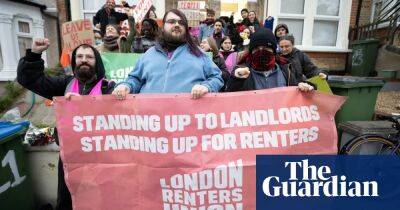The Guardian view on housing associations: tenants must be listened to
“T he tragic death of Awaab Ishak should never have happened,” Michael Gove said recently during a visit to Rochdale. Despite repeated complaints from Awaab’s father about the black mould that ultimately caused the death of his two-year-old son, Rochdale Borough Housing failed to act. The problems in England’s social housing extend far beyond this single tragedy. Formal complaints to the housing ombudsman about damp and mould doubled this year. The TV programme “Help! My Home is Disgusting!” tells of insect infestations, overflowing plumbing and leaks. In January, the housing ombudsman found Clarion, the UK’s largest social landlord, responsible for “severe maladministration” for the third time in three months.
Mr Gove has now pledged to introduce “Awaab’s law”, an amendment to the social housing regulation bill that will require landlords to fix health hazards within strict timeframes. The bill, which is awaiting its third reading in the Commons, reverses over a decade of Conservative reforms and gives new powers to England’s housing regulator to conduct inspections, issue unlimited fines, and charge landlords for emergency repairs. The former social housing regulator was abolished by Grant Shapps in 2012 as part of a bonfire of quangos, and replaced with a body that focused on financial stability alone. The job of ensuring the quality of homes was left to landlords, effectively allowing housing associations to mark their own homework.
Many still provide decent homes, but the sector has been cut adrift from its original social purpose, a fact recently acknowledged in a self-critical report from the National Housing Federation (NHF) trade body. This is partly the result of funding pressures. In 2011, the government
Read more on theguardian.com
















